Omron CP1L-L20DT1-D PLC Controller
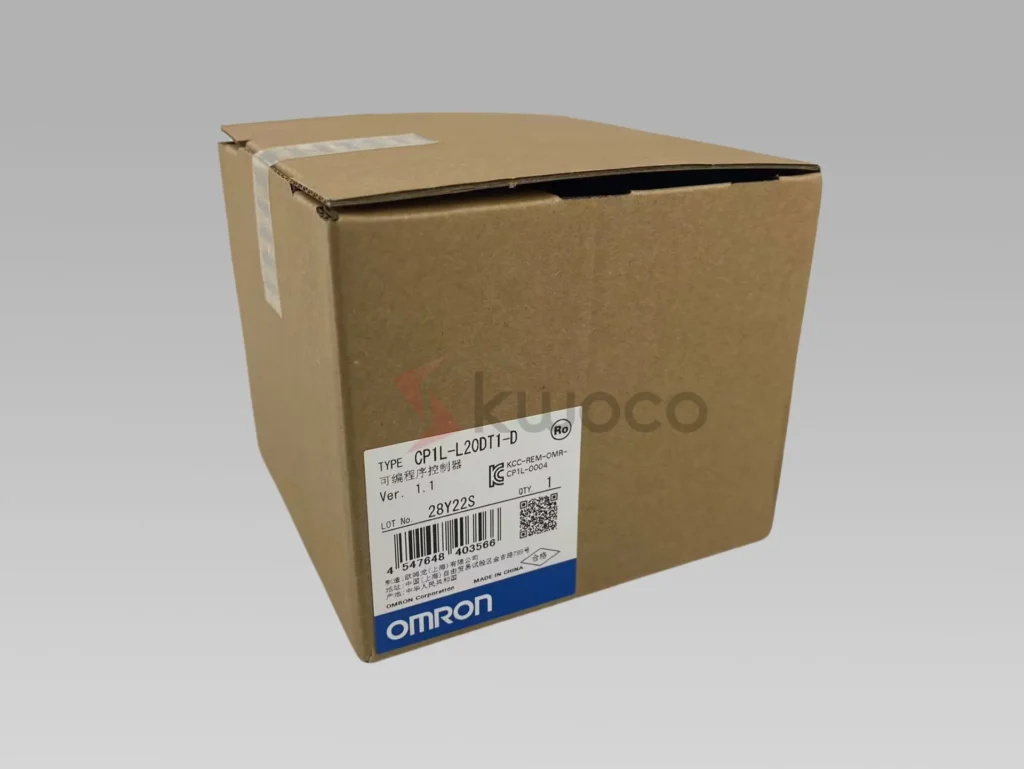
Previous Next Omron CP1L-L20DT1-D PLC Controller PLC, 24 VDC supply, 12 x 24 VDC inputs, 8 x PNP outputs 0.3 A, 5K steps program + 10K words data memory. Key Features and Technical Specifications The Omron CP1L-L20DT1-D is a versatile and compact Programmable Logic Controller (PLC) designed to meet the diverse needs of industrial automation. […]
Omron CP1L-M40DT-D PLC High-Performance Programmable Controller
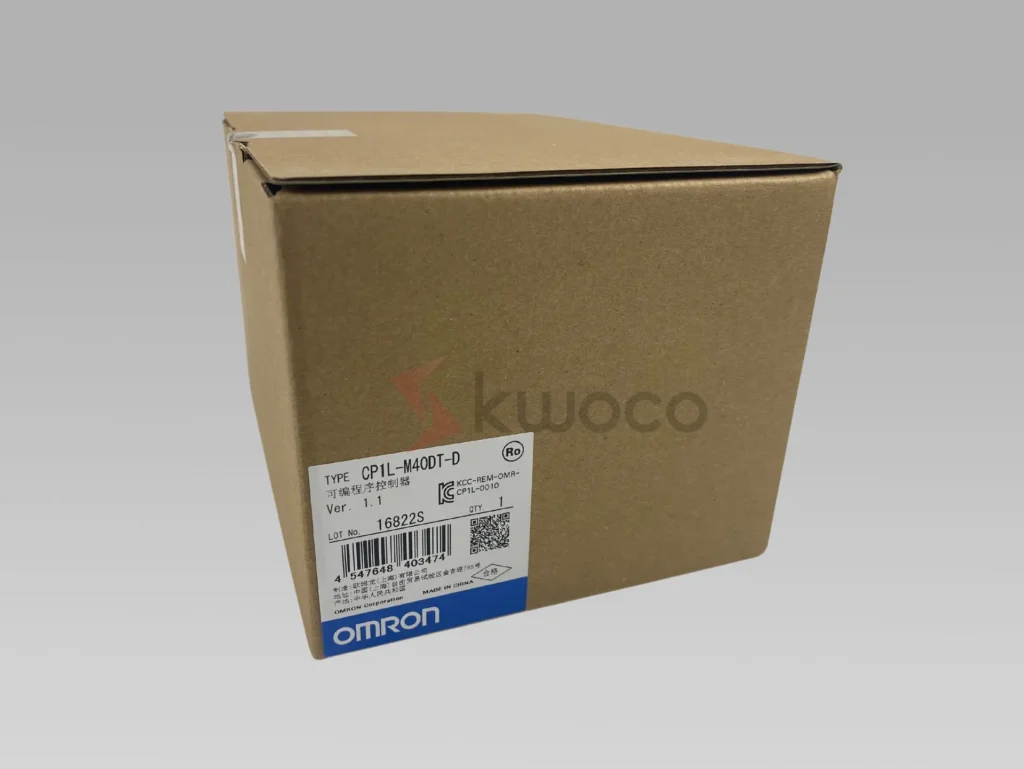
Previous Next Omron CP1L-M40DT-D PLC High-Performance Programmable Controller PLC, 24 VDC supply, 24 x 24 VDC inputs, 16 x NPN outputs 0.3 A, 10K steps program + 32K words data memory Key Features and Technical Specifications The Omron CP1L-M40DT-D is a versatile PLC (Programmable Logic Controller) designed to meet the demanding needs of industrial automation. […]
Omron CP1L-EM30DT1-D Ethernet CPU Unit

Previous Next Omron CP1L-EM30DT1-D Ethernet CPU Unit PLC, 24 VDC supply, 18 x 24 VDC inputs, 12 x PNP outputs 0.3 A, 2 x analog inputs, 10K steps program + 32K words data memory, 1 x Ethernet port. Key Features and Technical Specifications Experience superior control and connectivity with the Omron CP1L-EM30DT1-D Ethernet CPU Unit, […]
Omron CP1L-EM40DT1-D CPU Ethernet PLC Unit
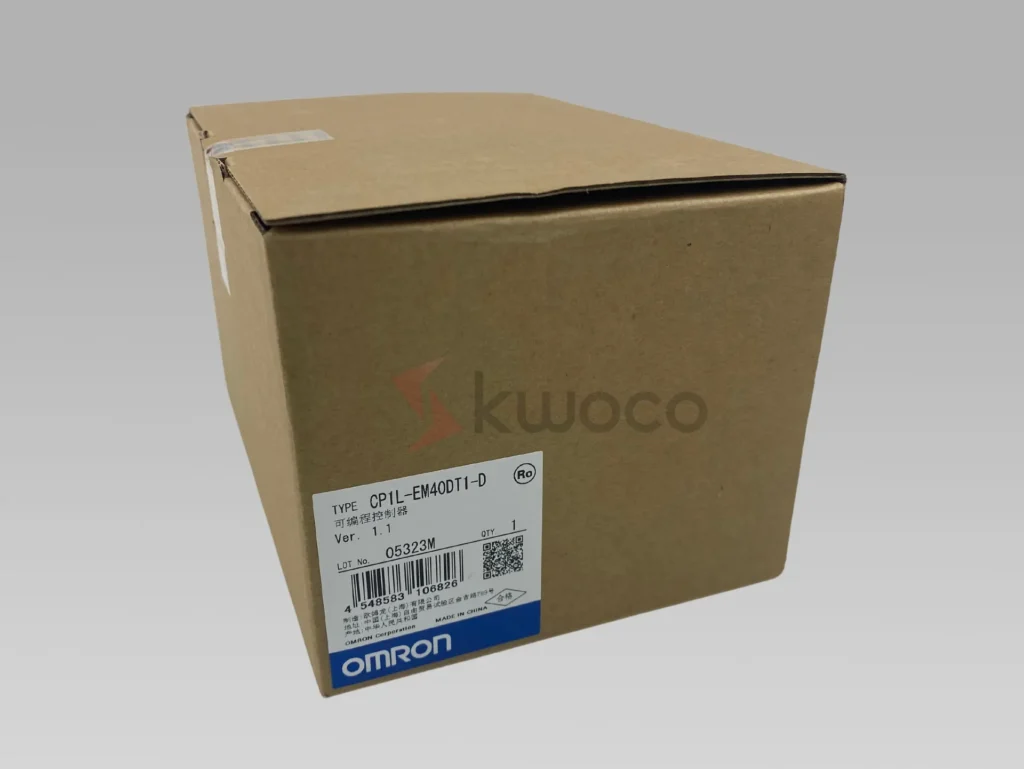
Previous Next Omron CP1L-EM40DT1-D CPU Ethernet PLC Unit PLC, 24 VDC supply, 24 x 24 VDC inputs, 16 x PNP outputs 0.3 A, 2 x analog inputs, 10K steps program + 32K words data memory, 1 x Ethernet port. Key Features and Technical Specifications Discover the power of the Omron CP1L-EM40DT1-D CPU, a cutting-edge programmable […]
Omron CP1L-EL20DT-D Programmable Controller with Ethernet Port
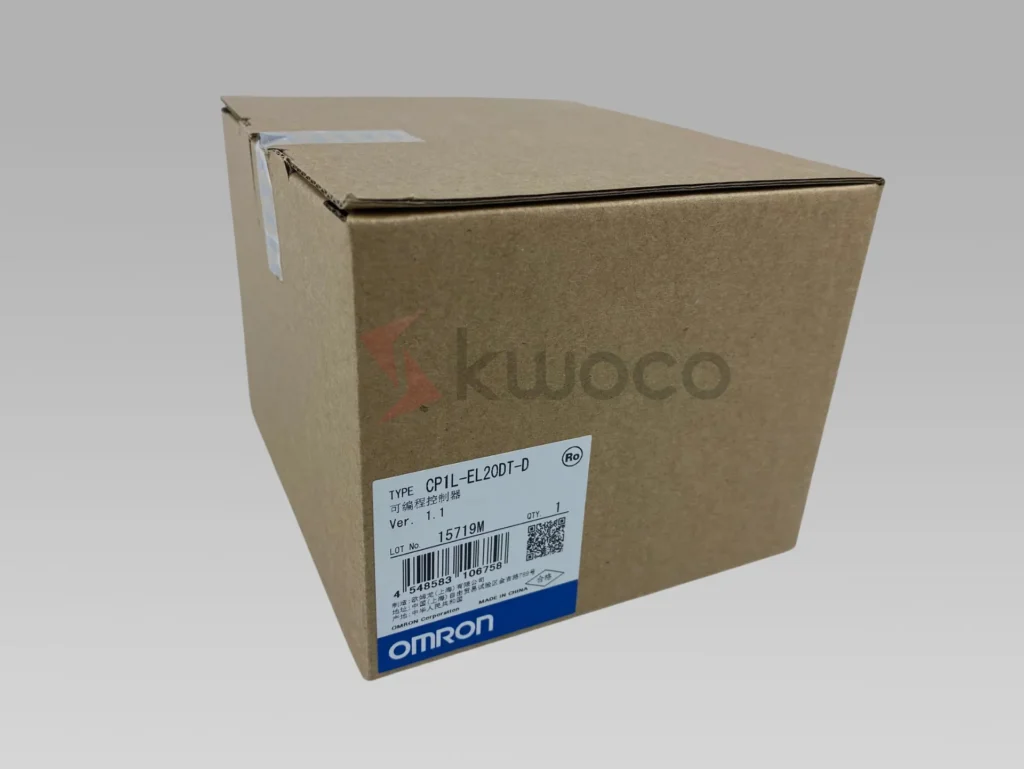
Previous Next Omron CP1L-EL20DT-D Programmable Controller with Ethernet Port PLC, 24 VDC supply, 12 x 24 VDC inputs, 8 x NPN outputs 0.3 A, 2 x analog inputs, 5K steps program + 10K words data memory, 1 x Ethernet port. Comprehensive Description of CP1L-EL20DT-D PLC The CP1L-EL20DT-D is a compact yet versatile programmable logic controller […]
New Original CP1L-EL20DT1-D Omron CPU In Stock
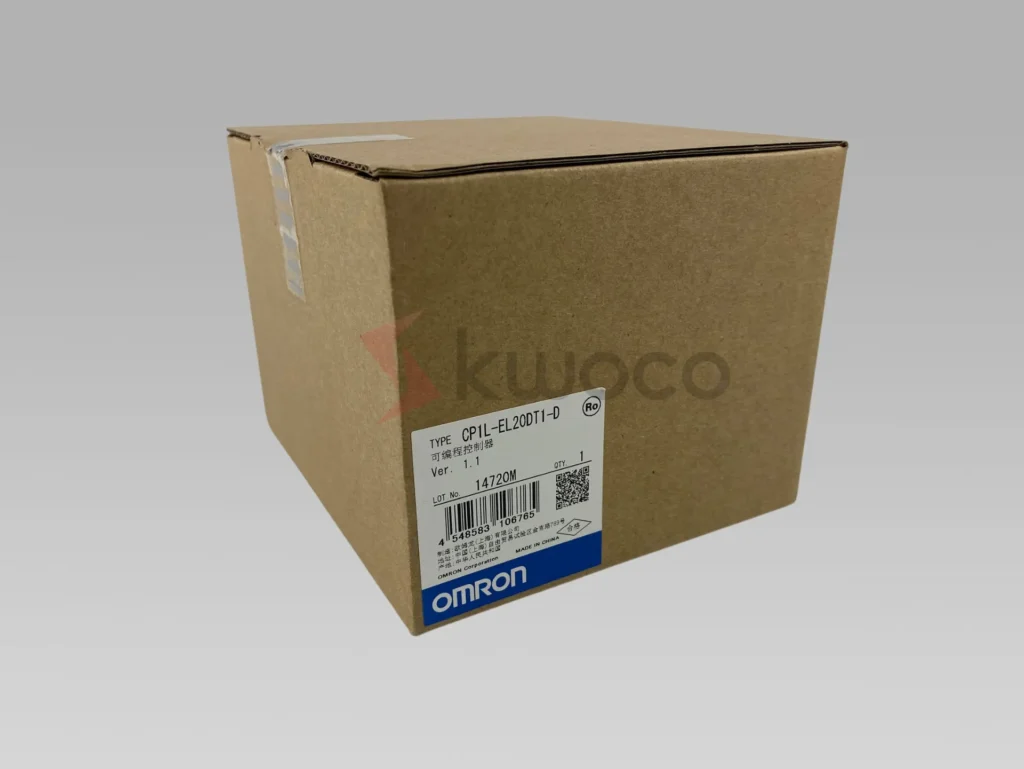
New Original CP1L-EL20DT1-D Omron CPU In Stock 24 VDC supply, 12 x 24 VDC inputs, 8 x PNP outputs 0.3 A, 2 x analog inputs, 5K steps program + 10K words data memory, 1 x Ethernet port Omron CP1L-EL20DT1-D Digital PLC with Ethernet Experience unparalleled automation and control with the Omron CP1L-EL20DT1-D Digital PLC. Designed […]
Can I use PC instead of PLC?
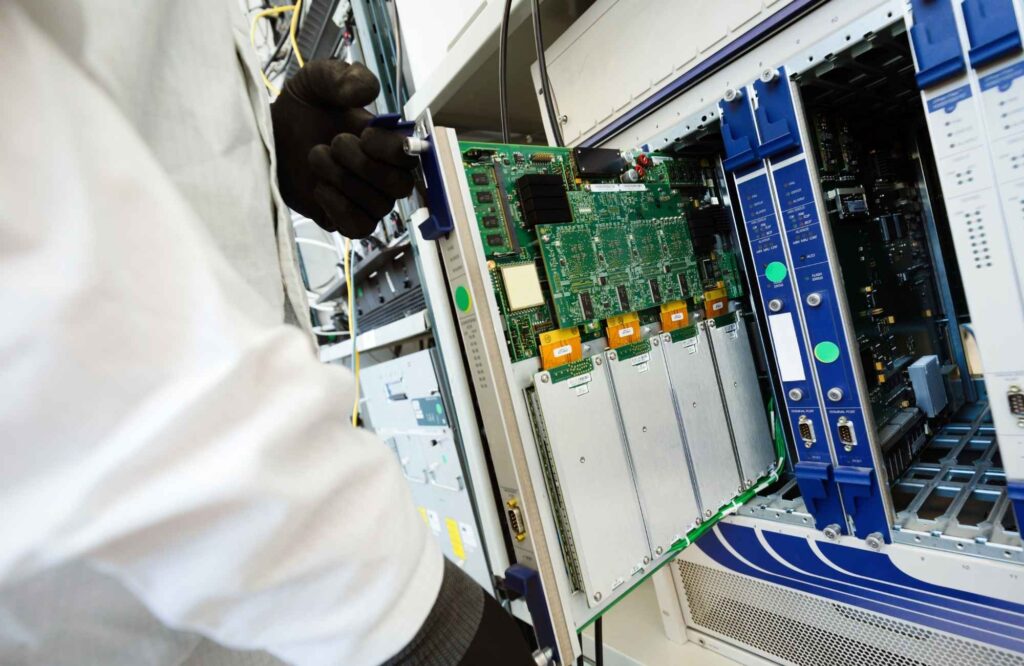
In the ever-evolving world of industrial automation, a pressing question often arises: Can I use a PC instead of a PLC? With the advancements in technology, both PLCs (Programmable Logic Controllers) and PCs (Personal Computers) have become integral in controlling industrial processes. This article explores the major differences between these two control options, helping you decide which is best suited for your automation system.
Understanding PLCs: Uses of Programmable Logic Controllers
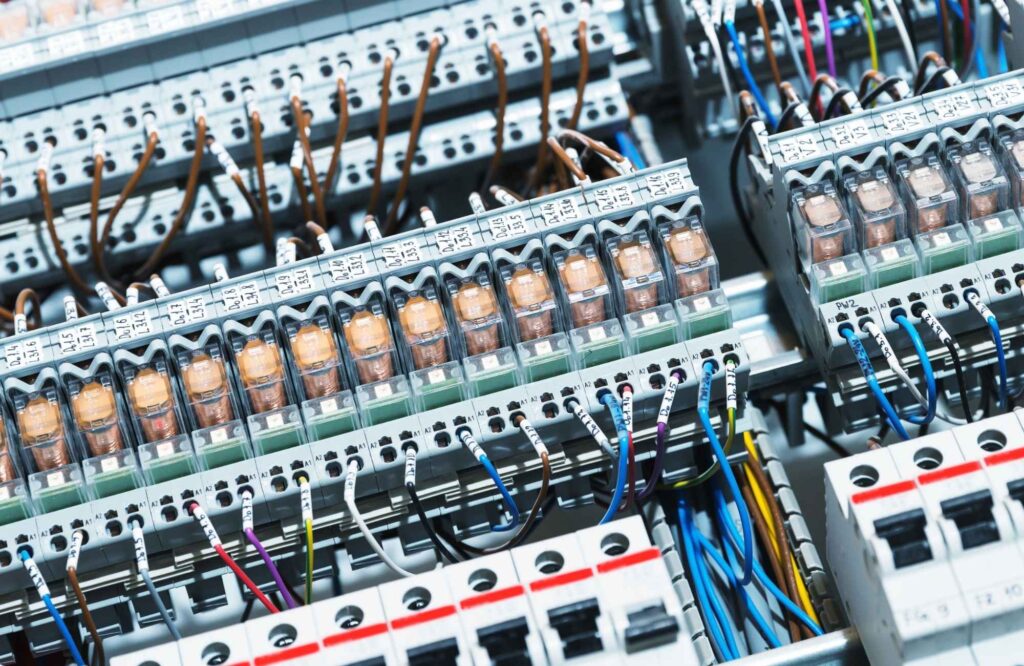
Programmable Logic Controllers (PLCs) have become an integral part of modern industrial automation. If you’ve ever wondered how complex machinery and production lines perform tasks with such precision, the answer lies in the use of PLCs.
Omron CP Series CP1H CPU Unit CP1H-X40DT1-D In Stock
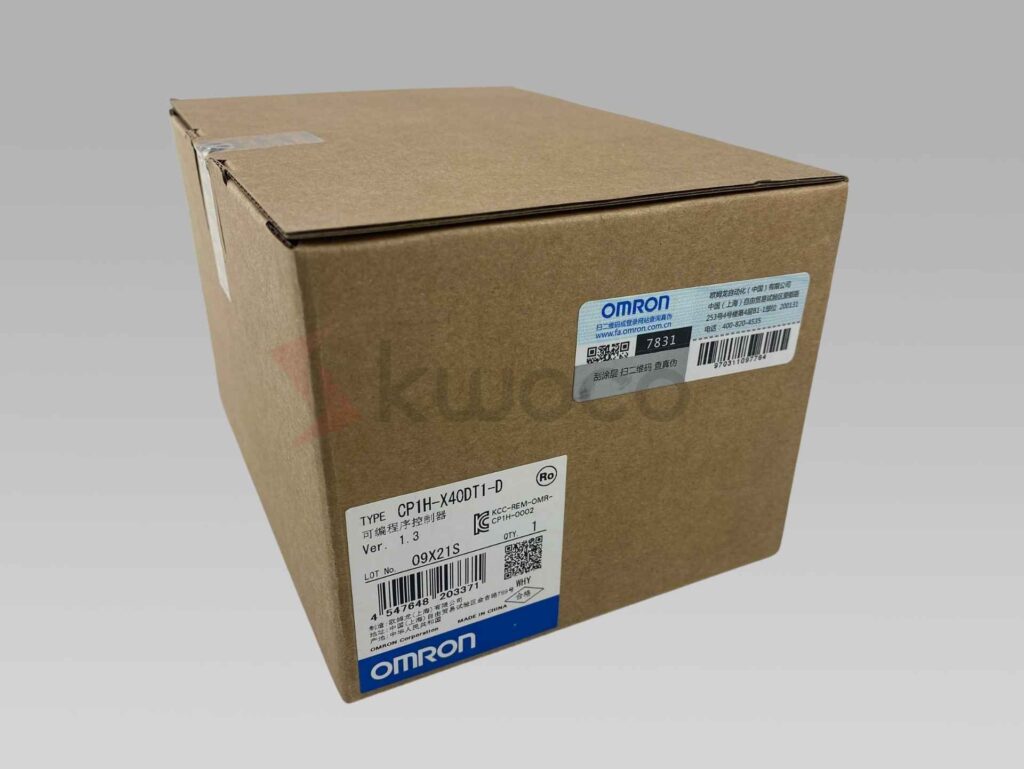
Omron CP Series CP1H CPU Unit CP1H-X40DT1-D In Stock PLC, 24 VDC supply, 24 x 24 VDC inputs, 16 x PNP outputs 0.3 A, 1 x analog input, 20K steps program + 32K words data memory. Key Features and Technical Specifications The CP1H-X40DT1-D comes equipped with robust features designed for industrial applications: Input/Output Configuration: 24 […]
PLC vs PC: Key Differences in Industrial Automation
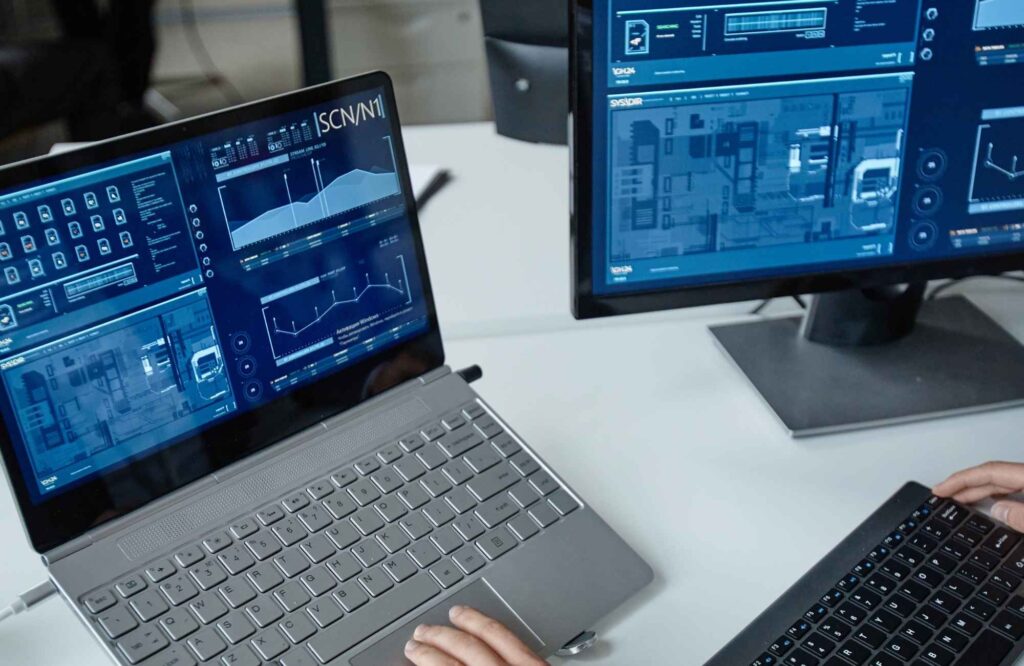
In the realm of industrial automation, the choice between a Programmable Logic Controller (PLC) and a Personal Computer (PC) can significantly impact operational efficiency and system performance. This article delves into the fundamental differences between these two technologies, helping you make informed decisions for your automation needs.
